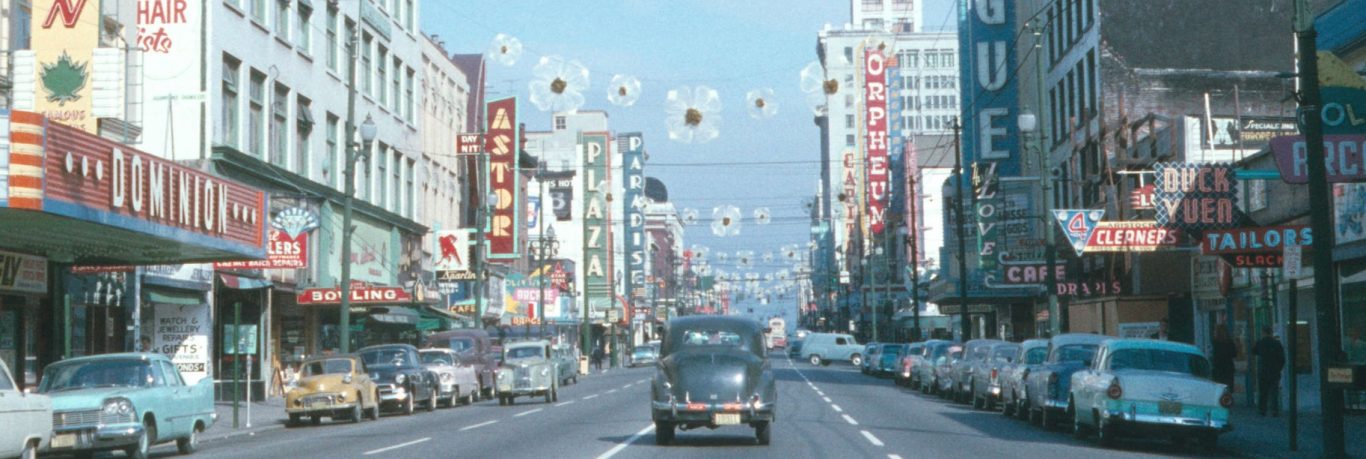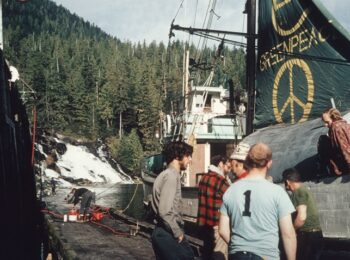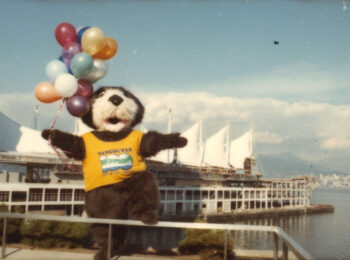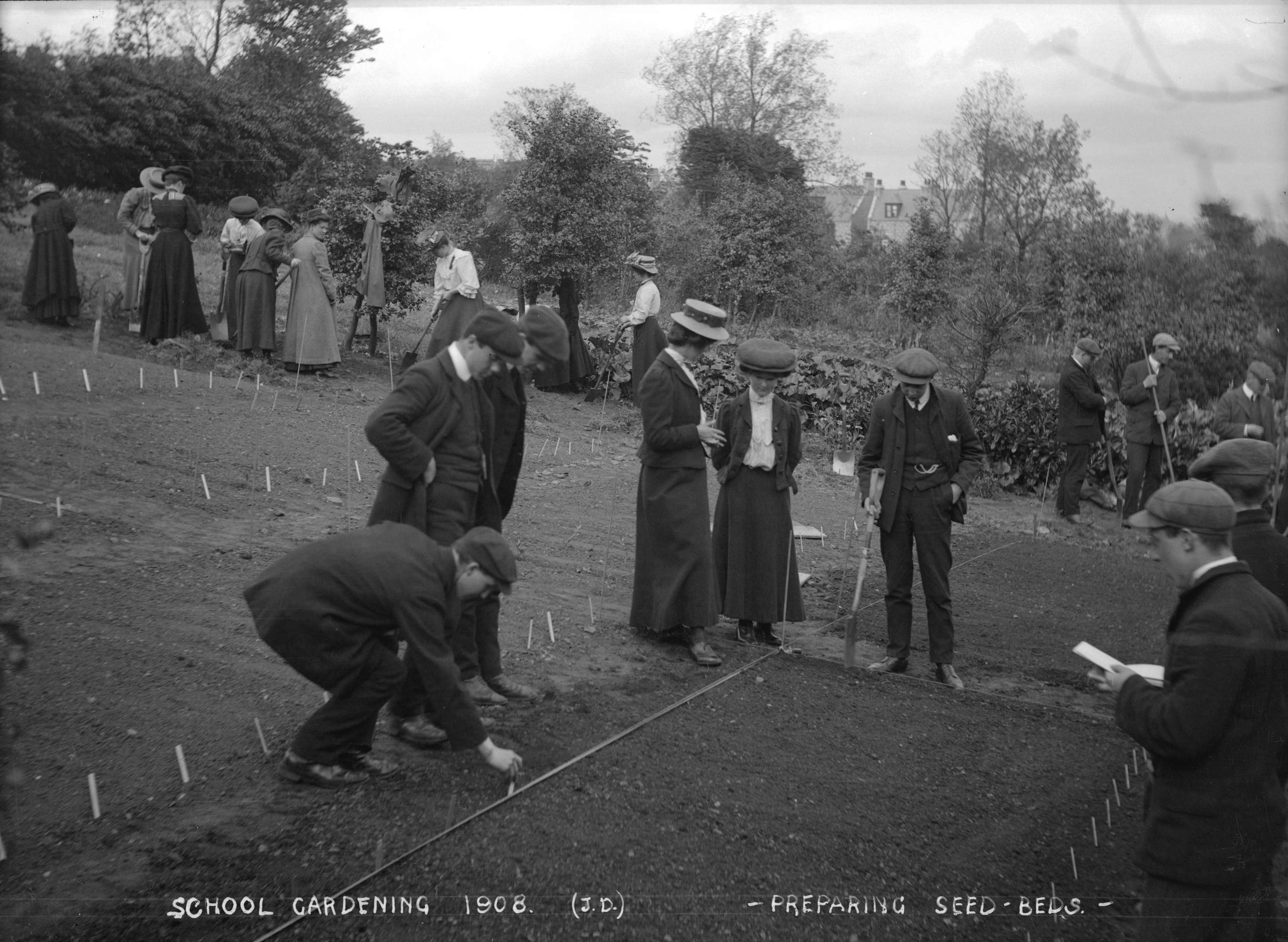This is the final post from our guest curator, Camryn Traa. Camryn carried out a summer internship at the Archives in collaboration with the UBC Department of History’s Public History Internship Program. The exhibit, “Otter Moments” is showing in our gallery space and open to the public, Monday-Friday from 10:00-5:00 PM. Read more about her project in Part I and Part II.
Through UBC’s Public History Internship Program, I have spent the past six months developing a gallery exhibit of visual materials from the City of Vancouver Archives’ holdings. My job was to explore the context behind the creation of a variety of images and other visual materials based on a self-generated area of interest. The result was a dive into the intertwined history of sea otters and Vancouver, which I now plan to expand into my undergraduate thesis.
I didn’t come into the Archives expecting to produce an exhibit about sea otters. I’ve never explored environmental history in much depth, although I’ve been drawn to Canadian and local histories for years. I love how the more I learn about the history of Vancouver, the more complex I realize the world around me is and the more I appreciate the city and its residents. But sea otters?
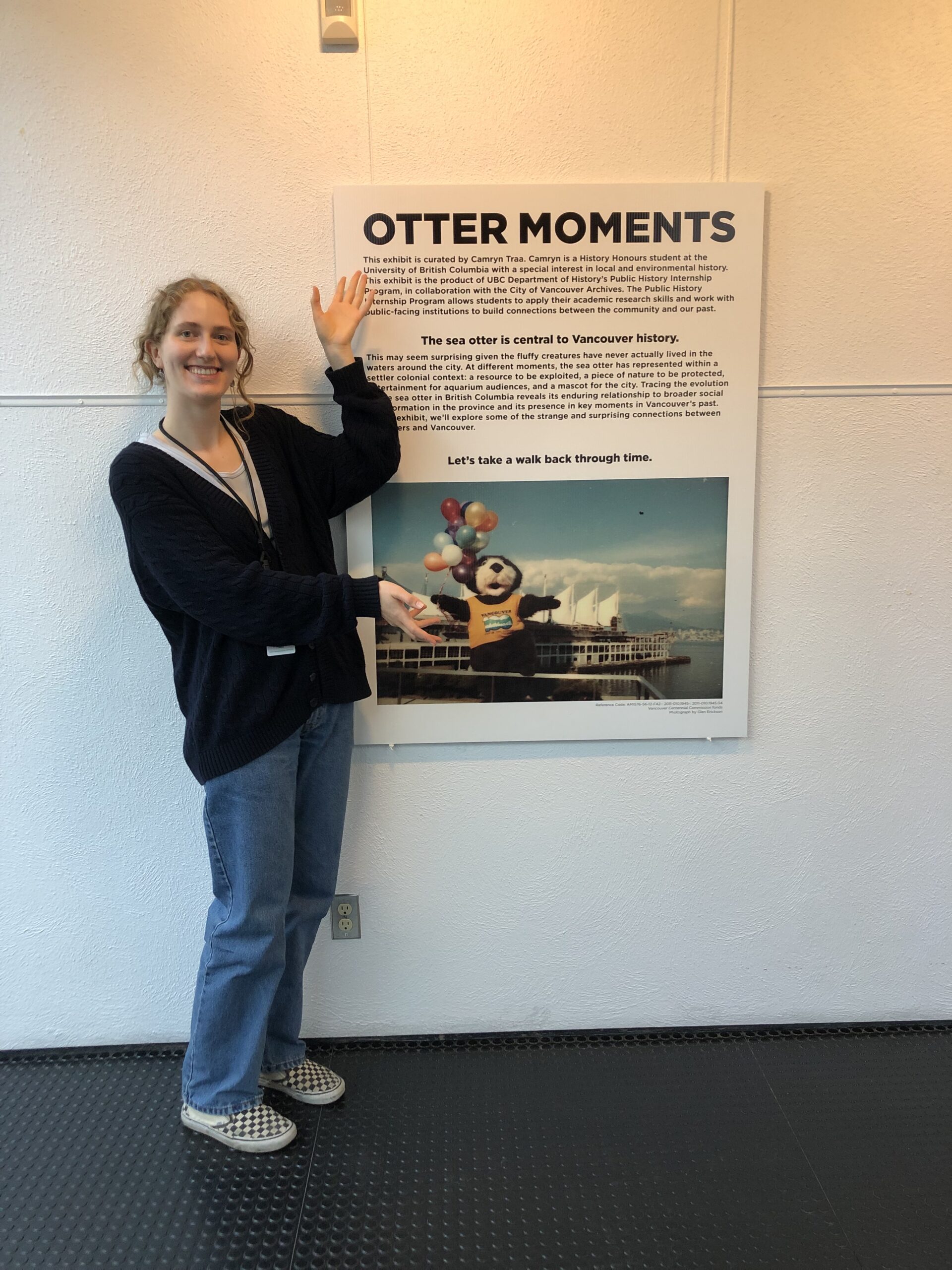
I spent my first weeks at the Archives exploring the holdings, following wherever the boxes led, and unravelling threads. It was incredible. When else would it literally be my job to fall down rabbit holes? But I still had to face the daunting task of coming up with a topic. The Archives has over 200,000 digital objects accessible through their online database, but this is only the tip of the iceberg and millions more records have not been digitized. In the face of the overwhelming possibilities, it was the visual nature of the final project that proved my biggest hurdle.
I love a good gallery exhibit as much as the next history buff, but I struggled to find a collection of photographs or visuals that spoke to me enough to serve as the foundation to an entire summer of research. In my search for a project topic, I read through a range of subject matter spanning different eras, from abortions in late 20th century Vancouver to files on the Komagata Maru in the Henry Herbert Stevens’ fonds. I considered building my exhibit around the fonds of local gay activist Malcolm F. Crane or documents related to poet Pauline Johnson (also known as Tekahionwake). The Archives has hundreds of photographs from local events in the late 20th century––the 1976 Habitat Forum, Expo 86, the 1986 Vancouver Centennial––but none of these events really grabbed me. What did stand out, however, was the city mascot chosen for the Vancouver Centennial. Or, more specifically, his name.
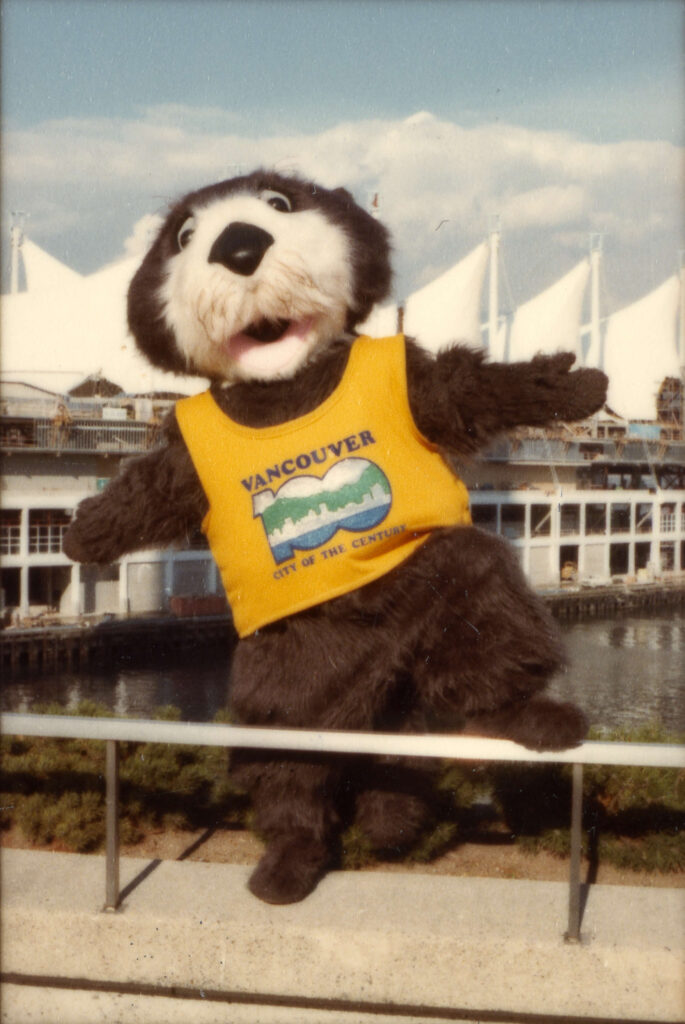
This 6 foot tall sea otter’s name is ‘Tillicum’, which is a Chinook Wawa or Chinook Jargon word meaning ‘friend’, ‘people’, or ‘relations’. This was my first time learning about Chinook Wawa, and it made me curious about what else I could discover by tracing the winding trail Tillicum led through B.C. history. I ended up following a treasure map of moments that spanned from the early 19th century Pacific maritime fur trade to the creation of Greenpeace and beyond.
Once I chose a topic and conducted the first round of research, I began writing the text for my exhibit panels. I’m no stranger to essays and papers, but an exhibit was new territory for me. I was creating a piece of public history for community members visiting the Archives, rather than a history professor, and this change of audience required a change of writing style. It was a balancing act: keep content engaging and light but also respectful of the subject matter, write in manner accessible but not too casual. It was easier said than done, but I learned to adapt my writing style and became acquainted with the art of writing for the general public.
Over the summer, I’ve learned a lot about working in archives and the process of planning, researching, and producing a public history project. Archival research work can be monotonous––do I hold a grudge against the poor man whose collection of boring documents I spent a week reading? Yes, I do––but then I’d land on information that would reignite my excitement for the project. I loved finding unexpected photos that captured funny or sweet moments, or City correspondence chock-full of drama. Opening up a new folder or box was like locating the X on the map, pulling out a shovel and starting to dig, not sure if you’ll find sand or gold. Here are a few images from the holdings I’ve enjoyed looking at.
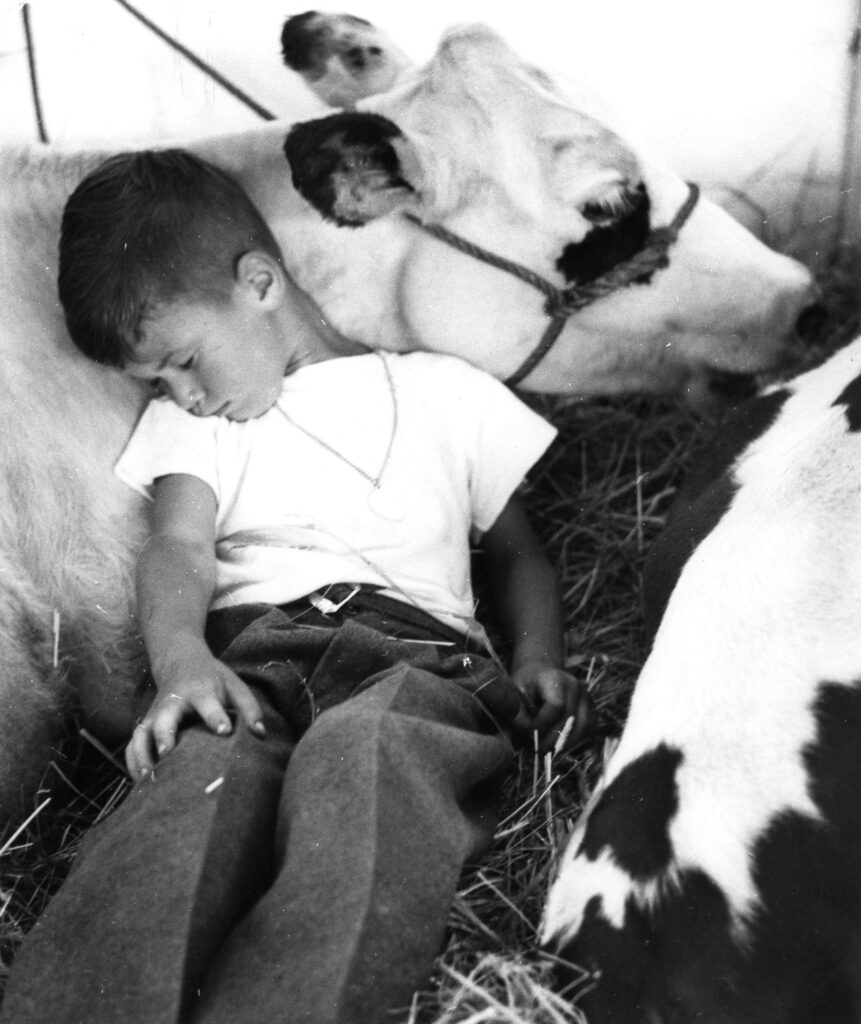
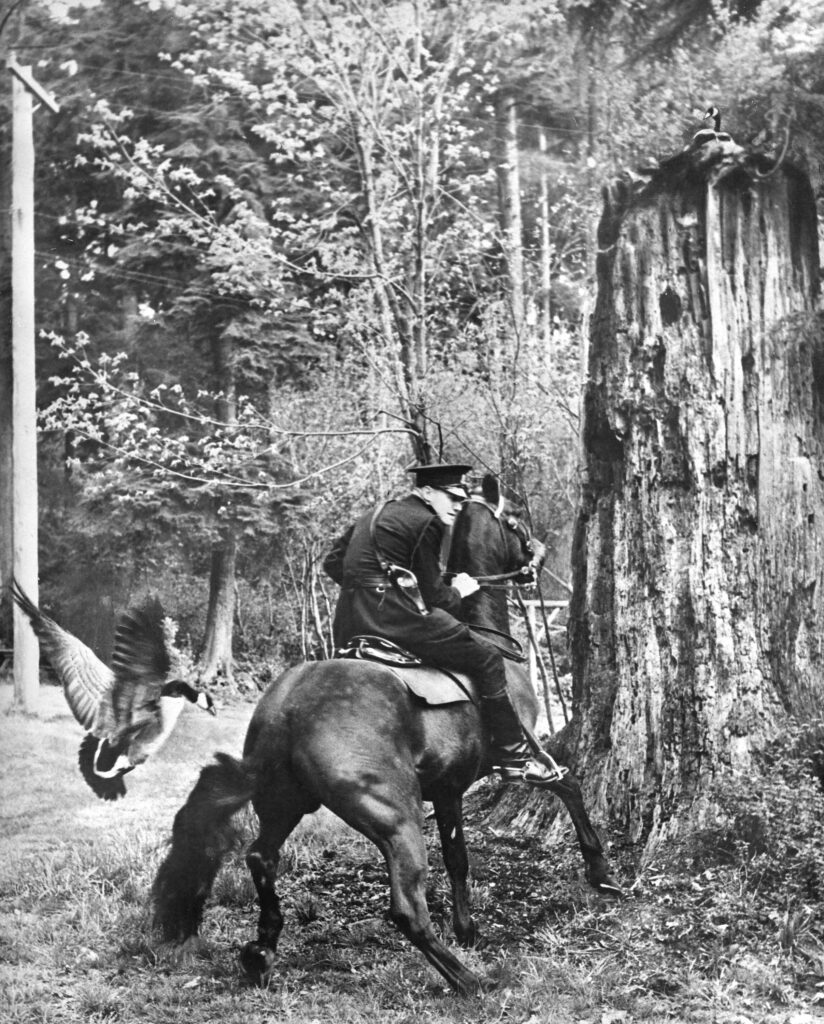

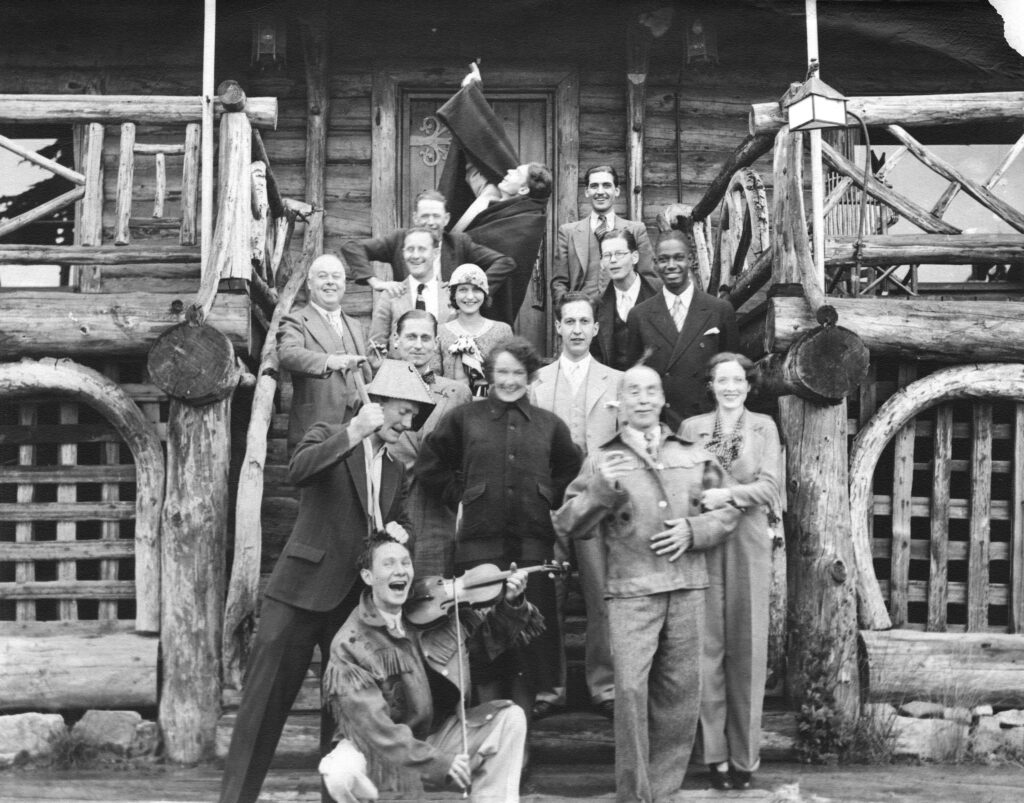
The opportunity I’ve had this summer has transformed my understanding of the purpose and importance of archives, and the work that goes into maintaining them. Archives are a gateway to the past that allow us to build relationships with the histories surrounding our communities in a way unique from history books or classes. Throughout the research process, I felt a depth of connection to the people and moments I was reading about that came from interacting firsthand with primary sources. Returning to school this fall, I’m bringing with me a boatload of archival and research project experience––both of which will come in handy with the essays and papers on my horizon. I know how to review archival databases and explore the mountain of material in the holdings, how to decipher the Archives’ reference codes and identifiers, and use the retro microfilm machines. I’ve learned the horror of realizing you didn’t jot down the reference code or location of that one document that turned out to be very important to your work and then having to go back through the boxes and files. I leave the Archives with research strategies and hands-on skills for working with records that I will carry into my work as a historian.
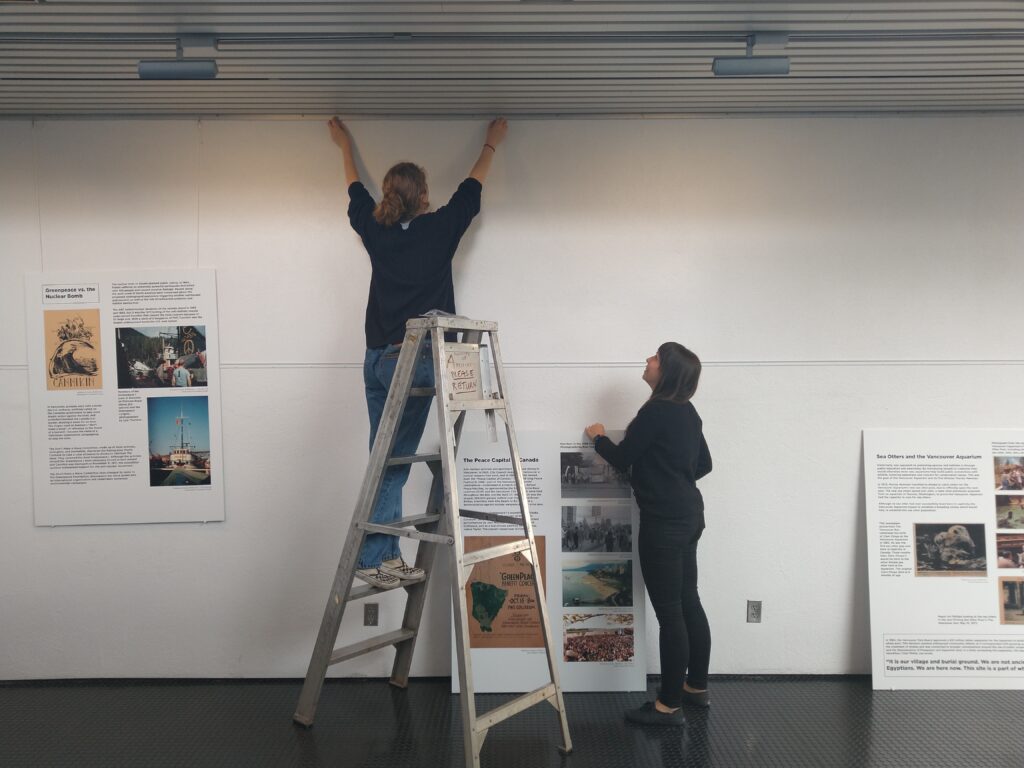
Public history influences how people relate to their communities, their histories, and each other. I’m unbelievably grateful to have had this opportunity to engage with history outside of the classroom and apply what I’ve learned through my studies at UBC. Tillicum and his fellow sea otters have occupied so much of my brain that I can hardly believe nearly six months have gone by, and I’m thrilled to continue exploring sea otters and British Columbia’s history through my undergraduate thesis. My time at the Archives and the support and guidance of all the staff (and Kira, Jana, and Mandy in particular!) has left me prepared, and most importantly excited, to begin this next major project.
Editor’s note: The Archives’ gallery at 1150 Chestnut St in Vanier Park is open Monday-Friday, 10:00 AM to 5:00 PM. We encourage you to check out Camryn’s exhibit in person!
